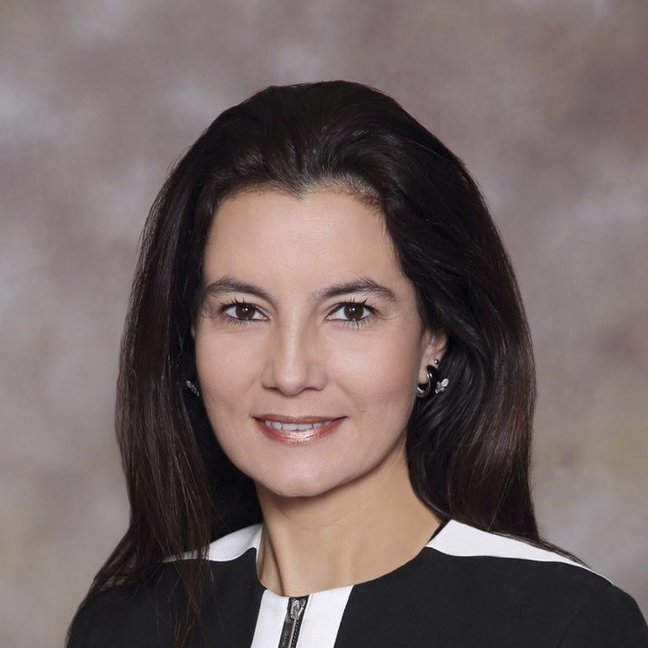From an investment opportunity perspective, what are some of the themes you are focused on?
Services over goods consumption is one. Another is beneficiaries of supply-chain improvements in the business and consumer space; here I expect better trends in the second half of this year. With the Russia/Ukraine conflict, there is also renewed demand for energy and agricultural exports from the US. I also see opportunities related to workforce development and education, as well as other areas where there is a relative scarcity of labor, including automation and innovation.
I also think it’s worth looking for opportunities outside the US, where markets are cheaper and recessions are already priced in. Many markets tightened earlier and have the space and ability to ease. I’m also looking at the theme of a capital spending cycle, especially if the current rhetoric from Treasury Secretary Janet Yellen about “friend shoring” holds. This could create opportunities among supply-chain beneficiaries in ASEAN countries, Mexico, and countries with commodity assets.






















